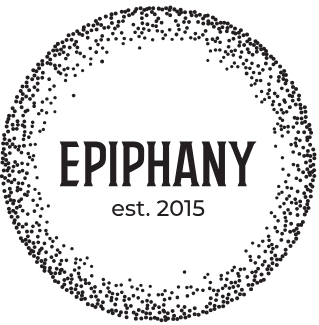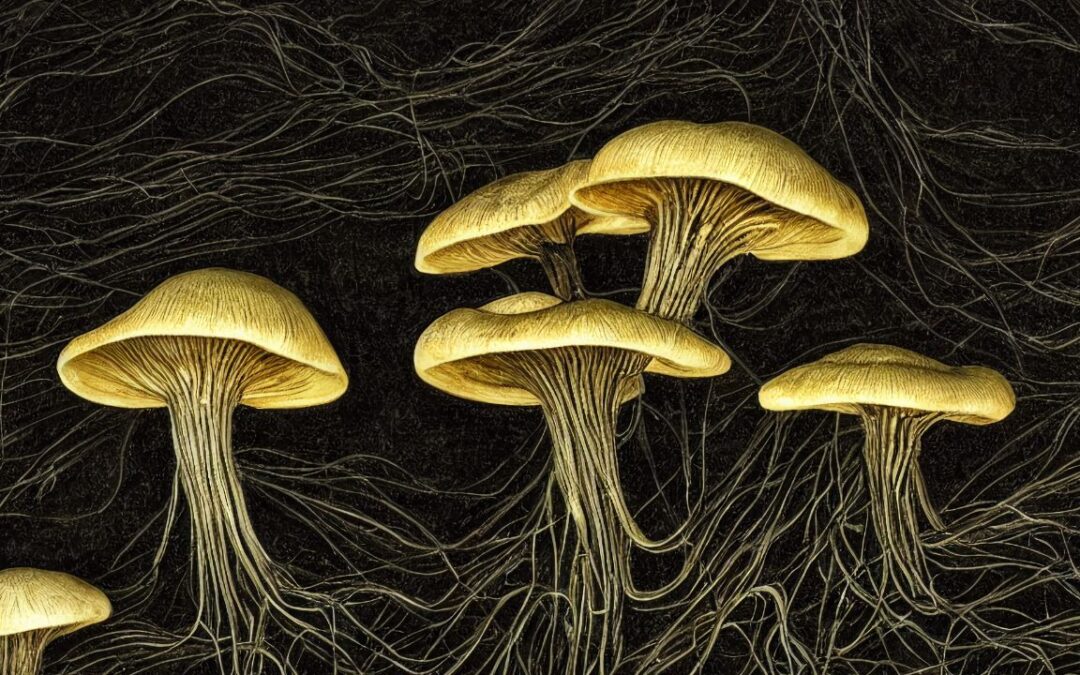Psychedelic substances have been at the forefront of both controversy and curiosity for decades. Recently, the scientific community has renewed its focus on the potential therapeutic benefits of these substances. Two popular methods of using psychedelics are microdosing and edibles. This blog delves into the science behind psychedelic healing, examining the research supporting microdosing and the use of psychedelic edibles.
Understanding Psychedelics and Their Healing Potential
Psychedelics, such as psilocybin (found in magic mushrooms), LSD, and MDMA, are known for their profound effects on perception, cognition, and mood. Historically used in various cultural and spiritual rituals, these substances are now being studied for their potential to treat a range of mental health conditions, including depression, anxiety, PTSD, and addiction.
How Psychedelics Work
Psychedelics primarily affect the brain’s serotonin receptors, especially the 5-HT2A receptor. By stimulating these receptors, psychedelics can alter neural connectivity and communication, leading to changes in mood, perception, and cognition. This neuroplasticity—the brain’s ability to reorganize itself by forming new neural connections—is believed to underlie the therapeutic benefits of psychedelics.
The Science of Microdosing
Microdosing involves taking sub-perceptual doses of a psychedelic substance, typically around 1/10th to 1/20th of a standard dose. Unlike a full psychedelic trip, microdosing does not produce intense hallucinations or profound changes in consciousness. Instead, it aims to enhance creativity, focus, and emotional well-being.
Research on Microdosing
- Improved Mood and Reduced Anxiety: A study published in the journal Psychopharmacology found that participants who microdosed with psilocybin reported significant improvements in mood and reductions in anxiety and stress levels.
- Enhanced Cognitive Function: Research conducted by the Beckley Foundation suggested that microdosing can lead to improvements in cognitive flexibility, creativity, and problem-solving skills. Participants reported feeling more focused and productive.
- Neurogenesis and Neuroplasticity: Studies on animal models have shown that psychedelics like psilocybin can promote neurogenesis (the growth of new neurons) and enhance neuroplasticity. These findings suggest potential long-term benefits for brain health and function.
Practical Applications and Considerations
Microdosing has gained popularity among professionals, artists, and individuals seeking to improve their mental health and cognitive performance. However, it’s important to approach microdosing with caution:
- Dosage: Start with a very low dose and adjust gradually to find the optimal amount.
- Frequency: Common practices include dosing every three days or following a schedule such as the “Fadiman protocol” (one day on, two days off).
- Legal Status: Be aware of the legal status of psychedelic substances in your area.
The Science of Psychedelic Edibles
Psychedelic edibles involve incorporating substances like psilocybin into food and drinks. This method of consumption can provide a more gradual onset of effects and potentially reduce gastrointestinal discomfort compared to traditional methods like ingestion of raw mushrooms.
Research on Psychedelic Edibles
- Therapeutic Potential: Clinical trials have shown promising results for the use of psilocybin in treating depression and anxiety, particularly in patients with terminal illnesses. A study published in The New England Journal of Medicine reported that psilocybin-assisted therapy produced significant reductions in depressive symptoms.
- Reduced Anxiety and Improved Mood: Research published in JAMA Psychiatry demonstrated that a single dose of psilocybin led to rapid and sustained improvements in mood and anxiety in patients with major depressive disorder.
- Safe and Controlled Dosing: Edibles allow for more precise dosing, which can be important for both recreational and therapeutic use. This method also offers a more palatable and enjoyable way to consume psychedelics, enhancing the overall experience.
Creating Psychedelic Edibles
When preparing psychedelic edibles, it’s crucial to maintain the integrity and potency of the active compounds. Here are some tips:
- Temperature Control: Avoid high temperatures that can degrade psilocybin. Infuse into liquids like teas or add to no-bake recipes.
- Even Distribution: Ensure the psychedelic substance is evenly distributed throughout the edible to provide consistent dosing.
- Personalization: Customize recipes to suit your taste preferences and dietary needs.
Safety and Best Practices
Whether microdosing or consuming edibles, safety is paramount. Here are some best practices:
- Start Low and Go Slow: Begin with the smallest effective dose and increase gradually if needed.
- Set and Setting: Ensure you are in a safe, comfortable environment. The mindset and surroundings play a crucial role in the psychedelic experience.
- Integration: Take time to reflect on and integrate your experiences. Journaling, therapy, or discussions with trusted individuals can aid in this process.
- Seek Professional Guidance: If using psychedelics for therapeutic purposes, consider working with a trained therapist or guide.
Conclusion
The science of psychedelic healing is an exciting and rapidly evolving field. Research on microdosing and psychedelic edibles is uncovering promising therapeutic benefits, from enhanced cognitive function and creativity to significant reductions in anxiety and depression. As interest in these substances grows, it is essential to prioritize safety, responsible use, and ongoing scientific exploration.
By staying informed and connected to the latest research, individuals can make the most of the potential benefits that psychedelics offer while minimizing risks. Whether through microdosing or enjoying thoughtfully prepared edibles, the journey into psychedelic healing holds promise for a brighter, more connected future.
Frequently Asked Questions
What is microdosing?
Microdosing involves taking sub-perceptual doses of a psychedelic substance, typically around 1/10th to 1/20th of a standard dose. It aims to enhance creativity, focus, and emotional well-being without causing intense hallucinations or profound changes in consciousness.
What are the benefits of microdosing?
Research suggests that microdosing can improve mood, reduce anxiety, enhance cognitive function, and promote neurogenesis and neuroplasticity. Users often report increased focus, creativity, and productivity.
What is the scientific evidence supporting microdosing?
Studies have shown that microdosing can lead to significant improvements in mood and reductions in anxiety and stress levels. Research also indicates that microdosing can enhance cognitive flexibility, creativity, and problem-solving skills.
What are psychedelic edibles?
Psychedelic edibles are foods or drinks infused with substances like psilocybin. They offer a more gradual onset of effects and can reduce gastrointestinal discomfort compared to traditional methods of consumption.
What are the benefits of using psychedelic edibles?
Psychedelic edibles allow for precise dosing, making them suitable for both recreational and therapeutic use. They can also provide a more enjoyable and palatable way to consume psychedelics, enhancing the overall experience.
What does the research say about the therapeutic potential of psilocybin?
Clinical trials have shown promising results for the use of psilocybin in treating depression and anxiety, particularly in patients with terminal illnesses. Studies report rapid and sustained improvements in mood and anxiety in patients with major depressive disorder.
How should I approach microdosing safely?
Start with a very low dose and adjust gradually to find the optimal amount. Common practices include dosing every three days or following schedules like the “Fadiman protocol” (one day on, two days off). Always be aware of the legal status of psychedelic substances in your area.
How can I make psychedelic edibles at home?
When preparing psychedelic edibles, maintain the integrity and potency of the active compounds by avoiding high temperatures. Ensure even distribution of the substance throughout the edible for consistent dosing and customize recipes to suit your taste and dietary preferences.
What are some best practices for safe psychedelic use?
Start with the smallest effective dose and increase gradually if needed. Ensure you are in a safe, comfortable environment, and take time to reflect on and integrate your experiences. Seek professional guidance if using psychedelics for therapeutic purposes.
What role does set and setting play in psychedelic experiences?
Set and setting refer to the mindset and environment in which you consume psychedelics. A positive mindset and a safe, comfortable environment are crucial for a beneficial and safe psychedelic experience.

